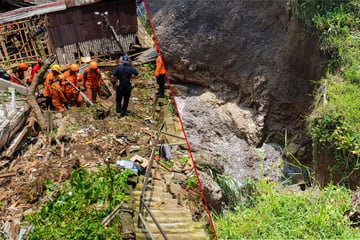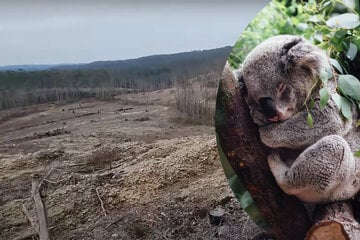A seaweed mass bigger than America is threatening Florida: What should you know?
An enormous seaweed mass is slowly floating through the Gulf of Mexico towards the pristine beaches of the continental east coast. At over 5,000 miles across, is this the death of Florida?
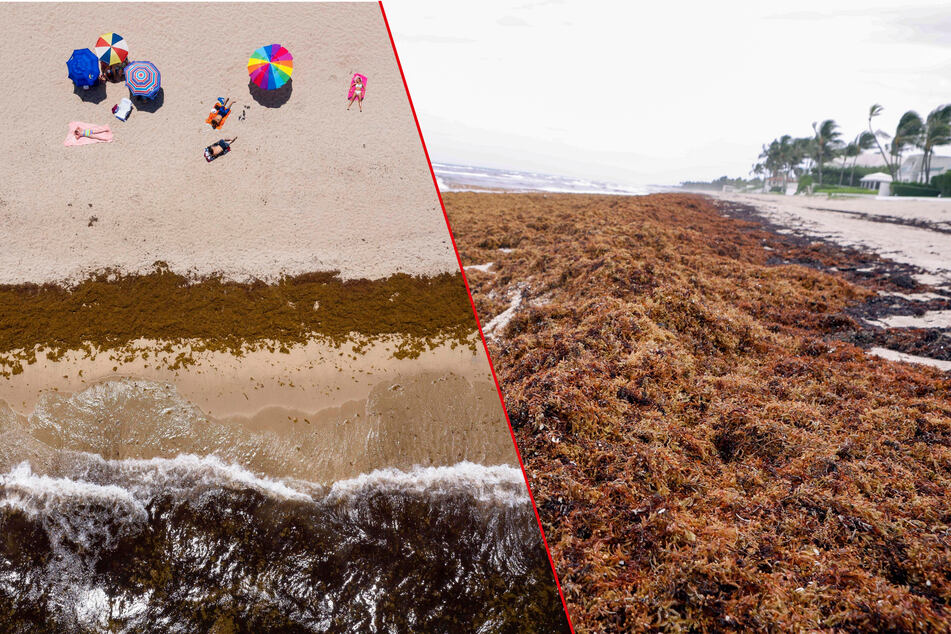
If you've ever swum at the beach, you've probably had the rather unpleasant experience of getting tangled in seaweed. The rough, slightly slimy stuff is something that nature clearly invented as a joke - it's disgusting and flippin' everywhere.
Now there are more than five thousand miles of the stuff, barreling quickly towards Florida's east coast, bound to threaten fishing, devastate ecosystems, and ruin many summer vacations. What on Earth has caused this monstrosity?
The answer is a plant called sargassum seaweed, a yearly bloom, water pollution, and accumulation that we're yet to fully understand.
The great Atlantic sargassum belt is visible from space
At more than 5,000 miles across, the enormous mass of seaweed hurtling its way toward Florida is set to make landfall in July, according to Brian Lapointe, who works as a researcher for Florida Atlantic University.
The size of the belt, commonly referred to as a "blob," doubled in size between December and January (2022-2023). It's made up of a number of smaller clumps but, overall, forms a mass of seaweed that's visible from outer space.
Scientists have tracked the formation and accumulation of giant seaweed blooms for many years with a satellite-based sargassum watch system (or SaWS) that has provided much of the data available on the Atlantic belt.
While it is normal for massive seaweed belts to form and make landfall in Florida around July, this year's bloom is particularly extraordinary. Coming in waves, the great Atlantic sargassum belt represents a significant threat.
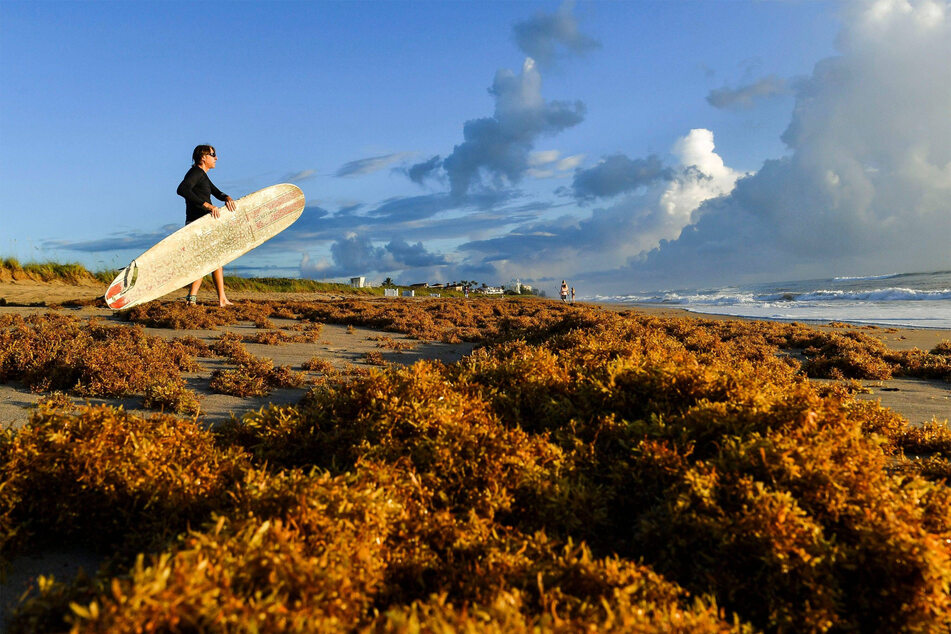
What is sargassum seaweed and is it safe?
Sargassum is not just one species of seaweed but a genus that consists of hundreds of different algae. Mixed up together, sargassum seaweed is a messy and tangled collection of leaved plants, liquid or gas-filled bladders, and a variety of small to medium-sized organisms.
In nature, these giant swamps of seaweed provide vital habitats for a variety of fish species, as well as many other marine animals and birds. Turtles especially love the stuff, but it's not so beloved everywhere. As with anything, too much can threaten the stability of other ecosystems.
The Sargassum Hub has tracked the movement of sargassum seaweed from the west coast of Europe and Africa right across to the east coast of the continental United States, the Caribbean, and parts of central and southern America.
What's worrying is that while this natural plant goes through spawning cycles, few have ever been the size of the one currently being tracked.
Sargassum seaweed emits dangerous gas that can cause respiratory problems in those who breathe in too much of it. It also contains arsenic, which can be fatal if ingested in high volumes.
So, should we be worried about our health?
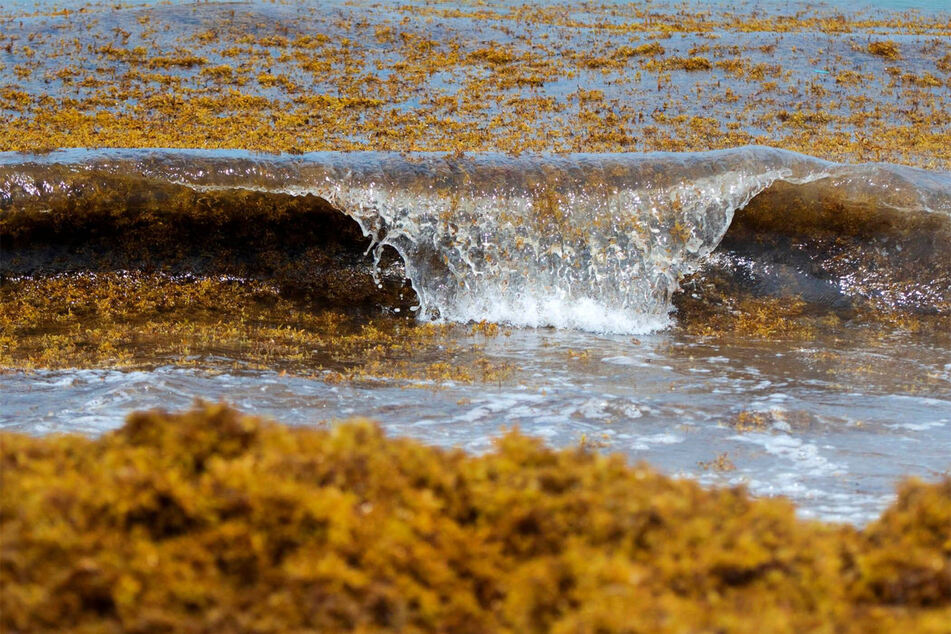
Under normal circumstances, sargassum seaweed (or, indeed, seaweed in general) is not something to worry about. Sure, it'll give you a bit of a scratch, it'll get a bit ticklish, and maybe you'll form a bit of a rash, but you'll be fine.
Considering that a mass longer than the east coast of Australia will soon inundate beaches, there is regrettably nothing "normal" about the current situation.
The situation is so bad that the Florida Department of Health has issued a fact sheet warning of the issue, co-signed by Governor and presidential-hopeful Ron DeSantis. On top of that, the Journal of Global Health issued a paper in March 2023 calling sargassum seaweed "A major public health problem still unsolved."
An important note: The aforementioned fact sheet was issued by the Florida Department of Health both to inform residents of the impending problem and to inform them of safety precautions that should be taken. If you have any concerns, this document should be your first port of call.
So health is one of the biggest risks posed by the incoming inundation. Not only will sargassum seaweed invade coastal ecosystems, potentially causing untold destruction, but could also make untold numbers of people sick. Scary, right?
What is causing sargassum seaweed to intensify so much?
As with many environmental issues nowadays, the sargassum problem is a complex inter-relationship between natural phenomena and the impact of human activity. There are many flow-on effects from issues related to climate change, such as changes to the ocean's currents.
Nutrient pollution is also a major problem, and something that the Environmental Protection Agency says has been primarily caused by agriculture, stormwater and wastewater pollution, the burning and mining of fossil fuels, and fertilizers (as well as other agricultural products).
All-in-all, while the great Atlantic sargassum belt is nothing new - it has been growing and receding for hundreds of years - it seems certain that human activity is contributing to the impending crisis upon Florida's beaches.
So is there anything to be done about the huge seaweed blob heading for Florida?
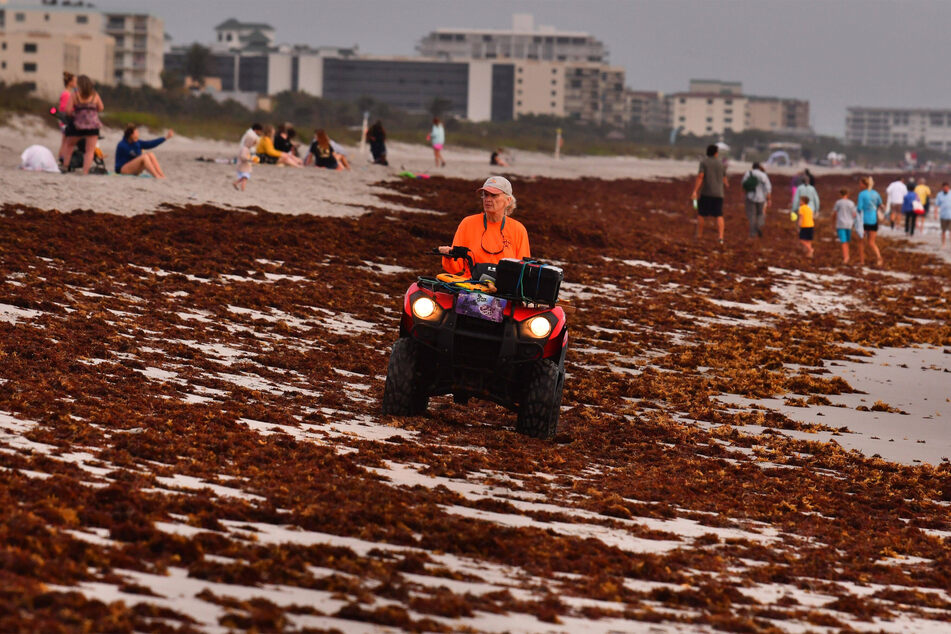
The inundation has already begun, with thousands of tons of sargassum seaweed already having hit the coast of Florida, covering beaches in an ugly and smelly mess. As things stand, there isn't much that can be done except for damage control and a lot of cleaning.
Florida is used to dealing with sargassum seaweed each and every year, with yearly spawnings leaving nasty stains across its coastal areas year in and year out. The problem this year is how extreme it has gotten.
One of the biggest problems with giant seaweed clumps is that they will often bring sea animals onto the shore with them. As a result, it will be important for people to look out for turtles, fish, and other marine animals that may be washed ashore.
Despite Florida Governor Ron DeSantis dedicating $13 million USD towards the issue in April 2023, the presidential hopeful has drawn a lot of ire from social media users and local residents who don't feel enough is being done.
Whether all that is true and whether a permanent solution to the problem can ever be found, it's best to stay safe on Florida beaches this summer. Be aware of the risks, and find out what you can do to help the ecosystems that'll be put in crisis by this most-slimy of invasions.
Cover photo: Collage: IMAGO/ZUMA Wire/ZUMA Press
